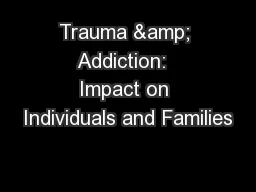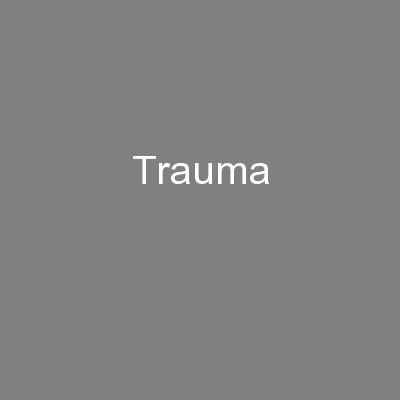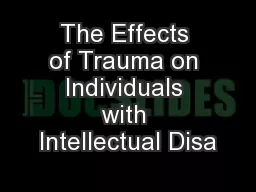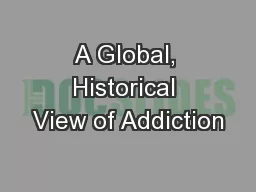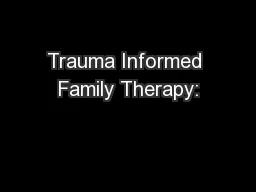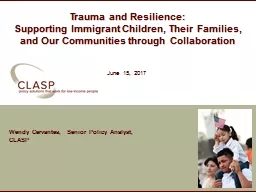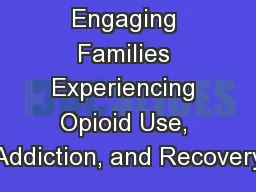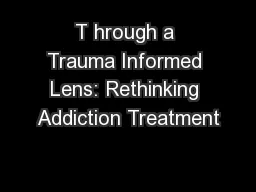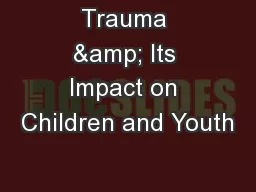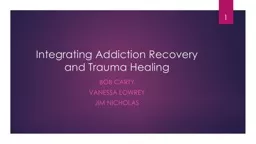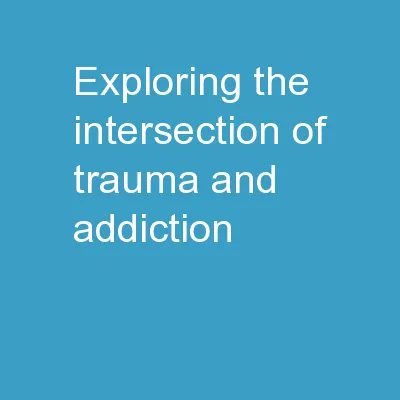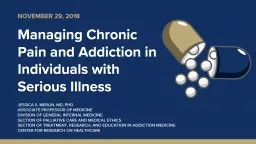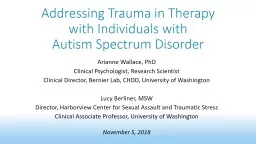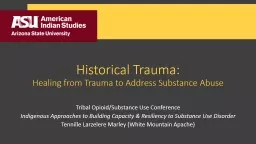PPT-Trauma & Addiction: Impact on Individuals and Families
Author : pasty-toler | Published Date : 2018-12-04
By Jill Perry MS NCC LPC CAADC SAP November 9 2017 What is Trauma An experience or collection of experiences that are out of the ordinary and cause a person to struggle
Presentation Embed Code
Download Presentation
Download Presentation The PPT/PDF document "Trauma & Addiction: Impact on Indiv..." is the property of its rightful owner. Permission is granted to download and print the materials on this website for personal, non-commercial use only, and to display it on your personal computer provided you do not modify the materials and that you retain all copyright notices contained in the materials. By downloading content from our website, you accept the terms of this agreement.
Trauma & Addiction: Impact on Individuals and Families: Transcript
Download Rules Of Document
"Trauma & Addiction: Impact on Individuals and Families"The content belongs to its owner. You may download and print it for personal use, without modification, and keep all copyright notices. By downloading, you agree to these terms.
Related Documents

